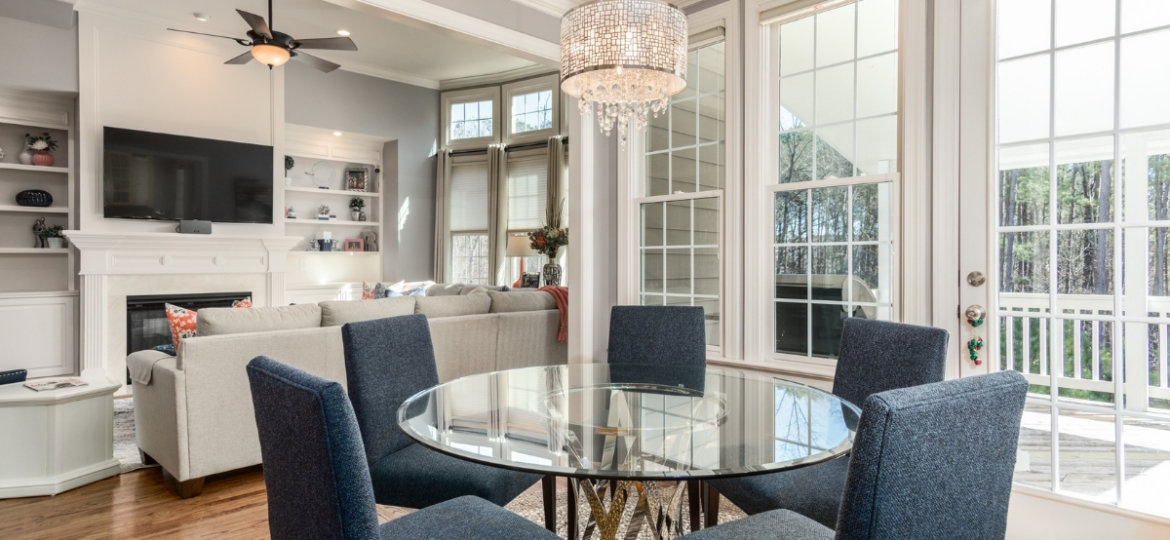
Most homes lose a big deal of their heat just because of a few flawed parts. To recognize the place where the heat gets out of your home, follow the drafts and cool breezes. Until you find the menace, here are a couple of tips for increasing your heat efficiency:
1. Insulate Everything
Major heat loss can occur in a home simply because of poor insulation. The key parts one should insulate are the attic and the doors.
The price for insulation isn’t high and the benefits are more than pleasant as you get to solve the consistent problem of cold and draftiness in your home. Surprisingly enough, wall paint acts as an insulator as well. Having brighter exterior walls contributes with making the home cooler while darker colored walls retain heat energy and keep you warmer.
To choose the type of insulation you need, it is best to consult with highly knowledgeable experts. Each home is different and requires different methods and materials for insulation.
2. Replace Old Windows
You dream of sitting by the window and watching the amazing view, but there has always been some sort of draftiness and discomfort around it? Consider window replacement and reduce your electrical bills to 15%! Poor quality windows do not transfer and retain heat the proper way.
This is a common reason why homeowners always have the need of turning the heater back on, even if it was running the whole day. Single pane wooden frame windows are the worst thing for a home in a rainy climate. Wood isn’t weather resistant and easily rots, damaging the frame and therefore your family’s health and comfort. When choosing new windows, look for those with high Energy Star and R ratings, and low U-values.
Start Your Search Today!
View our property listings from the GTA
3. Window Treatments
Doing window replacement the right way means investing in glass and frames with high energy star ratings. Decorating those new windows the right way is carefully choosing what kind of window treatment your house needs. Besides adding aesthetic value, window treatments contribute a great deal to heat preservation and protection from UV rays.
The factors which influence a window treatment’s heat efficiency are the type, material, size and way of opening. Investigate the types of blinds, shades or curtains to find the best ones for your home. Don’t forget to make them unique and pleasing to the eye as well.
4. Floor Coverings
As for windows and their treatments, the same rule goes for flooring. The type of flooring and coverage you have determines the amount of heat efficiency. Choosing the right flooring depends on many things including the budget, but the more quality your floor has the less heat loss you’ll get during winter.
For the floor coverage, carpet and rugs are always recommended since they trap heat and keep it inside your home. The only disadvantage they have is that they trap dirt and debris along with the heat. Fortunately, this is easily triumphed by annual professional carpet cleaning and weekly vacuuming.
5. Rethink Your Actions
Renovating your home isn’t the end destination of this journey – upgrading your home’s heat efficiency is. To make this happen, you should also investigate your actions and habits. All of us can get wrapped up into thought and forget to turn off the water heater now and then, but try to take control of your actions and avoid using heating energy when it isn’t needed.
There is a device, named as energy monitor which shows the cost of the energy which you are using. They are great reminders and motivators plus they only cost $30 dollars and some companies even give them for free.
